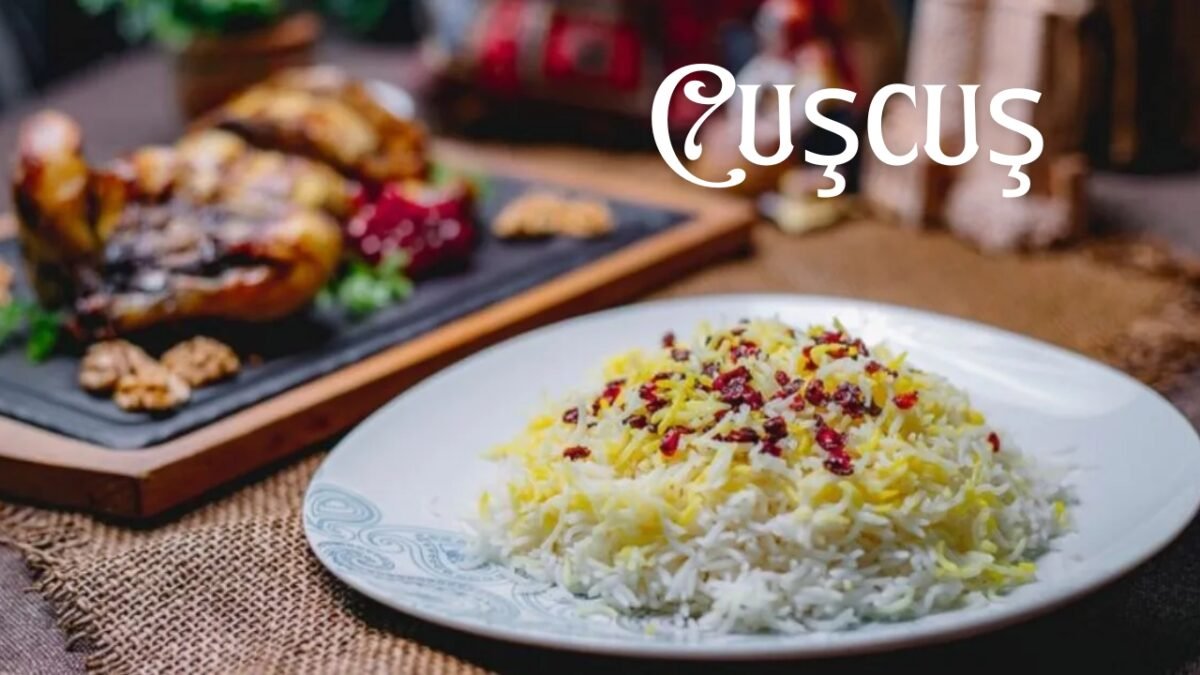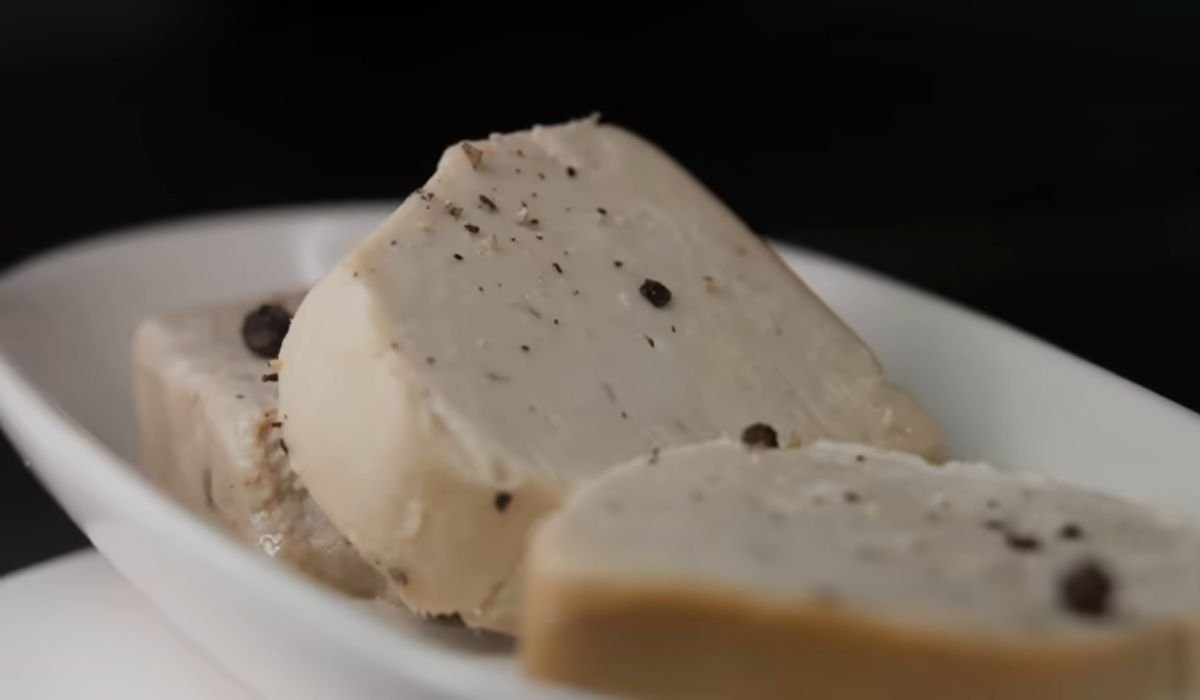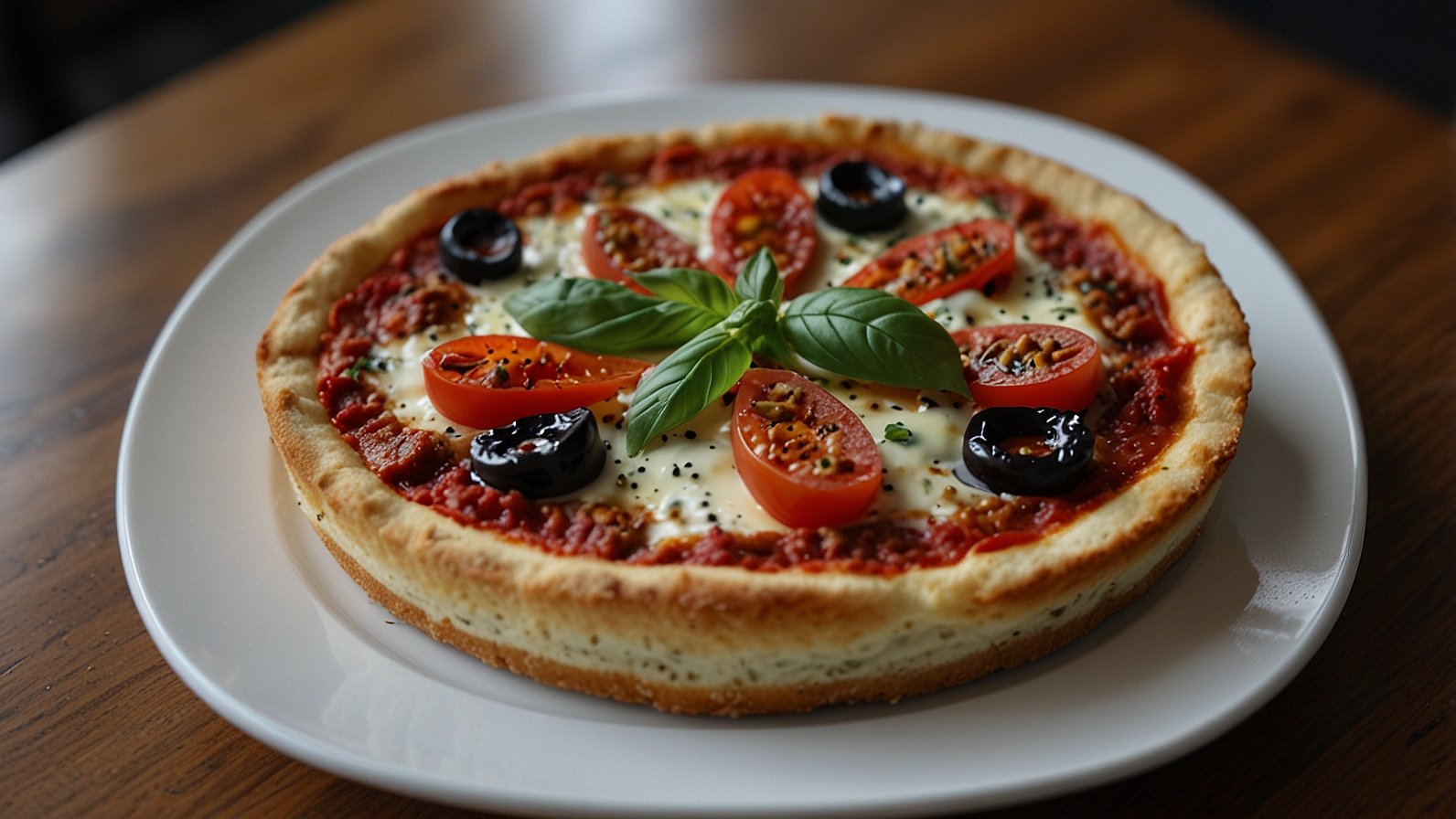Imagine a world where a tiny grain-like food connects diverse cultures, carries rich histories, and offers immense culinary versatility. Welcome to the fascinating realm of cuşcuş. Often overshadowed by its more famous counterparts like rice and quinoa, cuşcuş is a gem waiting to be rediscovered by food enthusiasts. This blog post aims to unravel the world of cuşcuş, providing insights into its history, nutritional benefits, types, culinary uses, and more. If you’re eager to expand your culinary horizons, you’ve come to the right place.
History and Origins
Origin of Cuşcuş in North African Culture
Cuşcuş has roots deeply embedded in North African culture, particularly within the Berber communities of Morocco, Algeria, Tunisia, and Libya. Historically, it was a staple in Berber households, often prepared by hand using traditional techniques passed down through generations. The word “cuşcuş” is thought to derive from the Berber word “seksu,” which loosely translates to “well-rolled” or “well-formed.”
Traditional Preparation Methods
Traditional preparation involves steaming semolina wheat granules over a flavorful broth, usually in a special cooking vessel called a couscoussier. This method ensures that cuşcuş absorbs the essence of the accompanying ingredients, making every bite a burst of flavor. The grains are generally hand-rolled to achieve the perfect texture, a labor-intensive process that reflects the love and care put into making this dish.
Spread and Adaptation in Different Regions
From its North African origins, cuşcuş spread across the Mediterranean and beyond, adapting to various culinary traditions. In France, it’s often served with a hearty stew, while in the Middle East, it might accompany grilled meats and vegetables. Each region adds its unique twist, making cuşcuş a versatile ingredient that transcends cultural boundaries.
Nutritional Value
Key Nutrients in Cuşcuş
Cuşcuş is not just a culinary delight; it’s nutritious too. It is primarily made from semolina wheat, which provides essential nutrients such as protein, fiber, and several B vitamins. A single cup of cooked cuşcuş contains about 6 grams of protein, making it an excellent choice for those looking to increase their protein intake.
Health Benefits
One of the major advantages of cuşcuş is its low-fat content. This makes it a heart-healthy option for those aiming to reduce their fat intake. Additionally, its high fiber content aids in digestion and helps maintain stable blood sugar levels. Cuşcuş also contains selenium, a powerful antioxidant that offers various health benefits, including boosting the immune system and reducing inflammation.
Comparison with Other Grains
When compared to other grains like rice and quinoa, cuşcuş holds its own. While quinoa might offer more protein and fiber, cuşcuş is quicker to prepare and often more affordable. Its neutral flavor also makes it a versatile base for various dishes, allowing it to easily absorb the flavors of the ingredients it’s paired with.
Types of Cuşcuş
Traditional North African Cuşcuş
The most commonly known type is the traditional North African cuşcuş, made from semolina wheat. This version is usually steamed and fluffed to perfection, often served with a rich stew or tagine.
Pearl Cuşcuş
Pearl cuşcuş, also known as pearl cuşcuş, is larger and has a chewier texture compared to its North African counterpart. It is often toasted before boiling, giving it a unique nutty flavor. This type is excellent for salads and side dishes.
Lebanese Cuşcuş
Lebanese cuşcuş, sometimes referred to as Moghrabieh, is the largest of the three, resembling small pearls. It requires a longer cooking time and is often used in hearty stews and soups. Its robust texture makes it a meal in itself.
Differences in Preparation and Use
Each type of cuşcuş has its own preparation methods and culinary applications. While traditional cuşcuş is often steamed, pearl and Lebanese versions are usually boiled. The choice of cuşcuş can significantly impact the texture and flavor profile of your dish, so it’s essential to choose the right type for your recipe.
Culinary Uses
Common Dishes Featuring Cuşcuş
Cuşcuş is a versatile ingredient that can be used in a variety of dishes. Here are some popular ones:
Moroccan Tagines
Moroccan tagines, slow-cooked stews made with meat, vegetables, and aromatic spices, are often served with a bed of cuşcuş. The cuşcuş absorbs the rich flavors of the tagine, making each bite a delightful experience.
Tunisian Seafood Cuşcuş
In Tunisia, cuşcuş is often paired with seafood. The dish typically includes a variety of fish, shellfish, and aromatic spices, creating a symphony of flavors that is both exotic and comforting.
Mediterranean Salads
Cuşcuş is also a staple in Mediterranean salads. Mixed with fresh vegetables, herbs, and a zesty dressing, cuşcuş salads are light, refreshing, and perfect for a summer meal.
Innovative Recipes and Modern Twists
Modern chefs are continually finding new ways to incorporate cuşcuş into their dishes. From cuşcuş-stuffed bell peppers to cuşcuş sushi rolls, the possibilities are endless. These innovative recipes not only showcase the versatility of cuşcuş but also make it accessible to a broader audience.
Cooking Techniques
Basic Preparation Methods
The beauty of cuşcuş lies in its simplicity. Here are some basic preparation methods:
Steaming
Steaming is the traditional method for preparing cuşcuş. It involves placing the cuşcuş in a couscoussier and steaming it over a flavorful broth. This method ensures that the cuşcuş remains fluffy and absorbs the essence of the accompanying ingredients.
Boiling
For quicker preparation, boiling is an excellent option. Simply boil water, add the cuşcuş, remove from heat, cover, and let it sit for about 5 minutes. Fluff with a fork, and it’s ready to serve.
Tips for Perfect Texture
Achieving the perfect texture is crucial for enjoying cuşcuş. Here are some tips:
- Use a ratio of 1 cup of cuşcuş to 1.5 cups of water.
- Allow the cuşcuş to sit covered for at least 5 minutes after boiling.
- Fluff with a fork to separate the grains.
Common Mistakes to Avoid
Avoid these common mistakes for the best results:
- Overcooking can make cuşcuş mushy.
- Using too much water can result in a soggy texture.
- Not fluffing the cuşcuş can lead to clumps.
Global Appeal
Cuşcuş in International Cuisines
Cuşcuş has found its way into various international cuisines, each adding its unique touch. In Italy, it’s used in a dish called “Cuscus alla Trapanese,” a Sicilian version featuring fish and tomatoes. In Brazil, “Cuscuz Paulista” is a popular dish made with cornmeal cuşcuş, vegetables, and seafood.
Popularity in European and Middle Eastern Dishes
In Europe, cuşcuş has become a popular alternative to pasta and rice. It’s often used in salads, side dishes, and even as a stuffing for vegetables. In the Middle East, cuşcuş is a staple in many households, often served with grilled meats and vegetables.
Fusion Recipes
The versatility of cuşcuş has made it a favorite ingredient in fusion cuisine. Chefs are experimenting with new combinations, such as cuşcuş sushi rolls, cuşcuş burgers, and even cuşcuş desserts. These innovative recipes are not only delicious but also showcase the endless possibilities of this humble grain.
Cultural Significance
Role of Cuşcuş in Traditional Celebrations and Festivals
Cuşcuş plays a significant role in traditional celebrations and festivals in many cultures. In Morocco, it’s a staple at weddings and religious ceremonies. In Tunisia, cuşcuş is often served during the holy month of Ramadan and other festive occasions.
Symbolic Meanings in Different Cultures
In many cultures, cuşcuş symbolizes abundance and hospitality. It’s often prepared in large quantities and shared among family and friends, reflecting the communal nature of these celebrations.
You May Also Like: Celebrating Chilaquiles: A Journey Through Mexican Culinary Heritage
Conclusion
In conclusion, cuşcuş is more than just a simple grain; it’s a culinary gem that offers a world of possibilities. From its rich history and nutritional benefits to its various types and culinary uses, cuşcuş has something to offer for every food enthusiast. Whether you’re a seasoned chef or a home cook looking to try something new, incorporating cuşcuş into your meals is a surefire way to elevate your culinary game.
Frequently Asked Questions
What is the difference between traditional, pearl, and Lebanese cuşcuş?
Traditional cuşcuş is the smallest and resembles fine grains of sand; it is typically steamed. pearl cuşcuş, also known as pearl cuşcuş, has larger, rounder grains and is generally toasted before boiling, giving it a nutty flavor. Lebanese cuşcuş, or Moghrabieh, is the largest in size, looking like small pearls, and is often used in hearty stews and soups.
How do you cook cuşcuş to achieve the perfect texture?
For fluffy cuşcuş, use a ratio of 1 cup of cuşcuş to 1.5 cups of water. Boil the water, add the cuşcuş, remove from heat, cover, and let it sit for about 5 minutes. Fluff with a fork to separate the grains. Avoid overcooking and using too much water to prevent mushiness.
Can cuşcuş be used in gluten-free diets?
Traditional cuşcuş is made from semolina wheat, which contains gluten and is not suitable for gluten-free diets. However, there are gluten-free alternatives made from cornmeal, such as “Cuscuz Paulista” in Brazil, which can be used by those with gluten intolerance or celiac disease.
What are some popular dishes made with cuşcuş?
Popular dishes include Moroccan tagines, where cuşcuş is served with slow-cooked stews of meat and vegetables; Tunisian seafood cuşcuş, featuring fish and shellfish with aromatic spices; and Mediterranean salads, which combine cuşcuş with fresh vegetables, herbs, and a zesty dressing.
Is cuşcuş nutritious?
Yes, cuşcuş is nutritious. It is a good source of carbohydrates, providing energy, and contains some protein and fiber. It also offers vitamins and minerals such as B-vitamins, manganese, and selenium. Adding vegetables, meats, and legumes can further enhance its nutritional profile.











